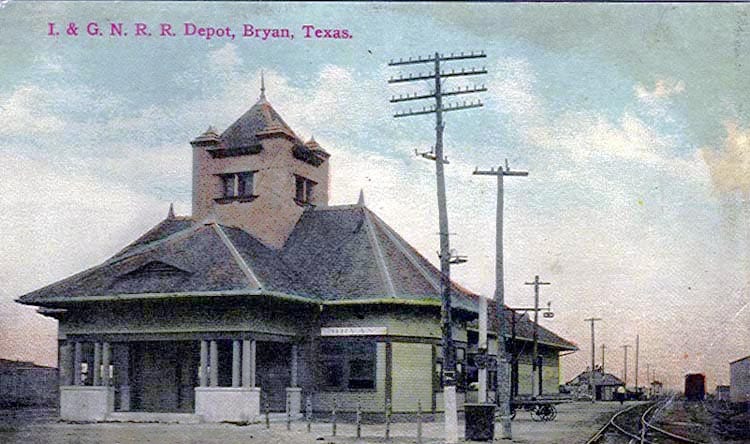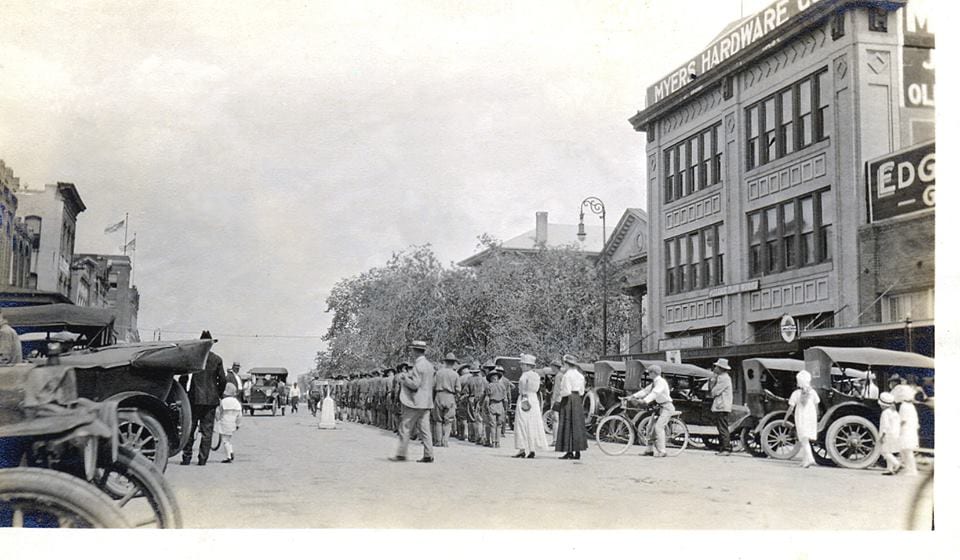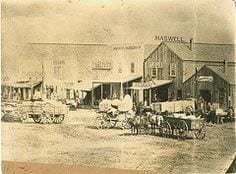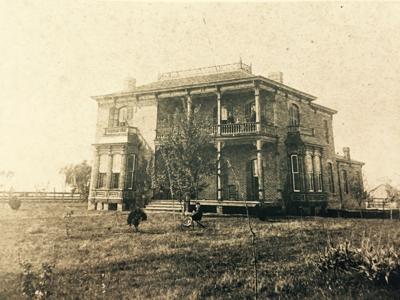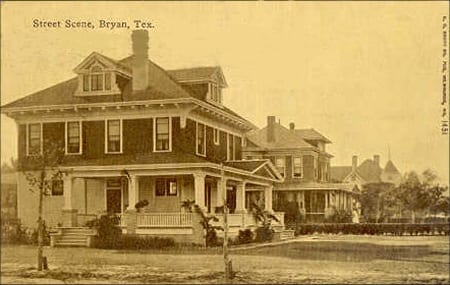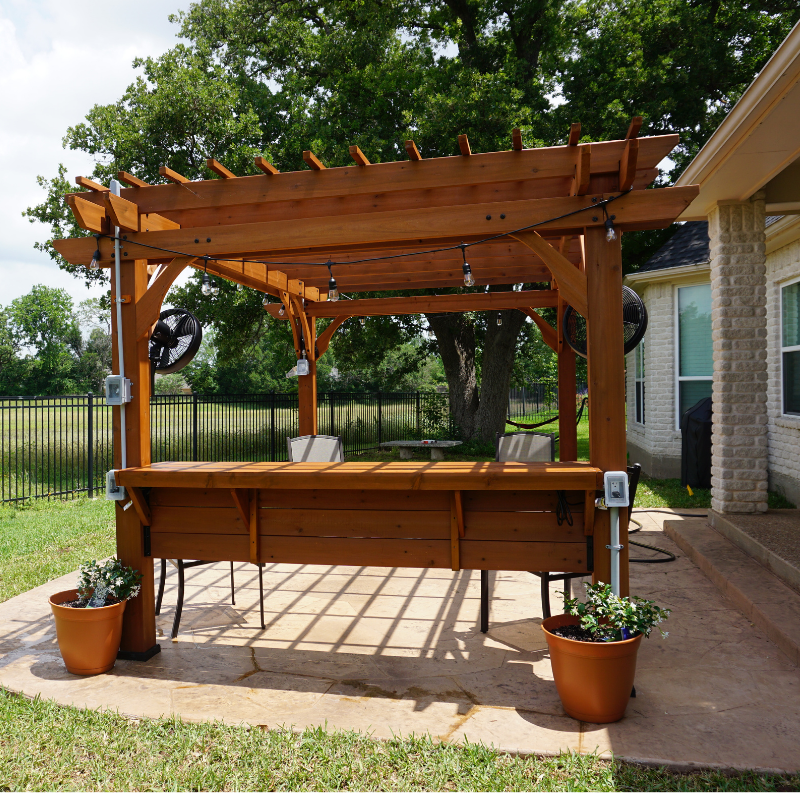I was a young child when my family moved to the Brazos Valley in 1967 and I am infused with these clay soils. Back then, Bryan had about 30,000 residents and College Station about half that number. Presently, College Station and Bryan are the 13th-largest metropolitan area in Texas with 273,101 people combined. Bryan and College Station have different histories and different personalities, and we are fortunate to have two distinct places within one larger community.
In 1860 Steven F. Austin’s nephew, William J. Bryan sold a one-mile square tract of land to the railroad commission to create a terminus point. Seven years would pass before the first train arrived and it would be another three years before the state recognized Bryan as a city. Bryan was born as a railroad community. Given that the city had been established in a one square mile area with a plan in mind, central downtown was laid out in a grid, which facilitated foot and horse traffic.
College Station, on the other hand, has a very different story of origin. In 1938, it was incorporated as a town serving the community of the Texas Agriculture and Mechanical College. The original neighborhoods were organized around Thomas and Dexter which is now Brison Park.
-
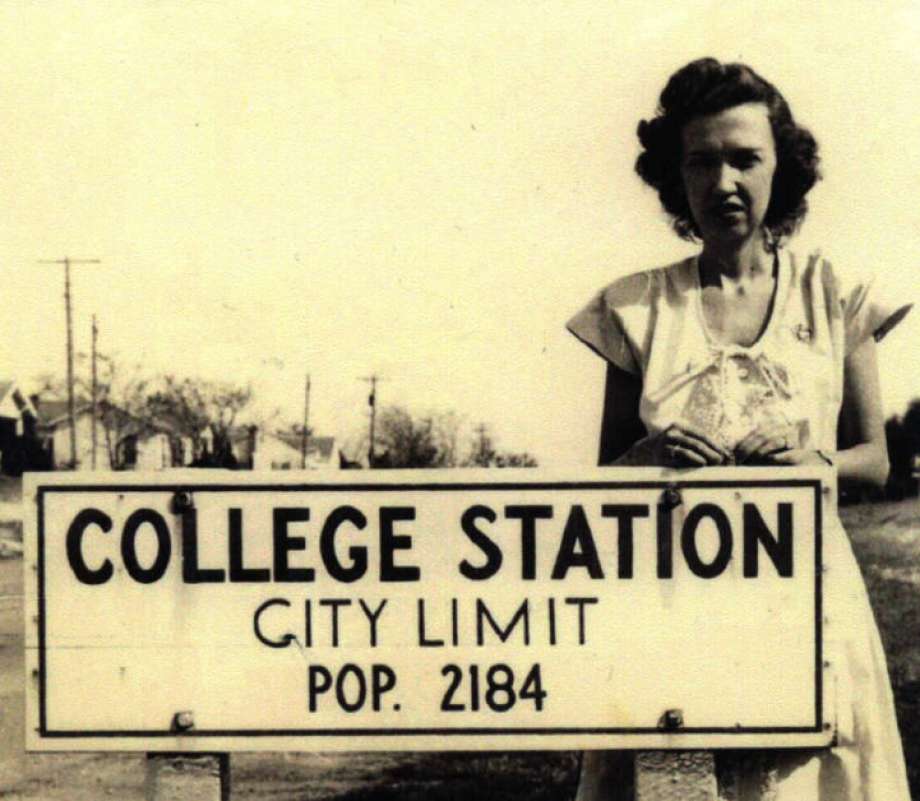
-
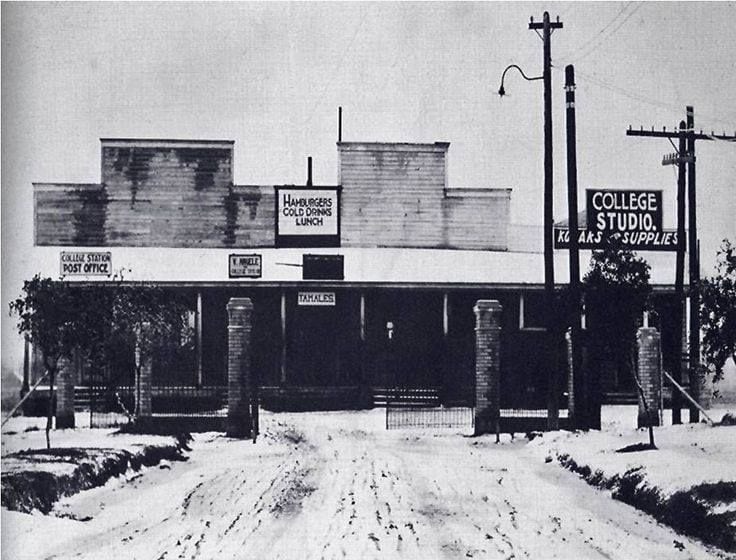
North Gate 1920s -
Ariel View Texas A&M – 1925
The two cities evolved from rather disparate beginnings that would shape two very different communities. Bryan formed around the general commerce of downtown while College Station emerged as a means to serve a university community. Due to the time gap between the two cities, transportation was vastly different. Horse travel was the primary means of transportation during Bryan’s development while College Station was born in the age of the automobile.
In College Station, with no centralized community center, its pattern of growth was much more dominated by the sprawl made possible by the automobile. Development happened in a leapfrog pattern because the land farther out was the least expensive.
Development in Bryan however, provided much more condensed and walkable patterns.
Many of Bryan’s homes were built before residential air conditioning was available resulting in a different architectural style. Homes were built that sought natural means of cooling, including high ceilings, large porches, and large windows.
There were two notable Architects at A&M about the time of College Station’s incorporation, Bill Caudill and John Rowlett. These two were very influential in the style of homes built during this time and Caudill designed many of the homes built just to the south and north of campus.
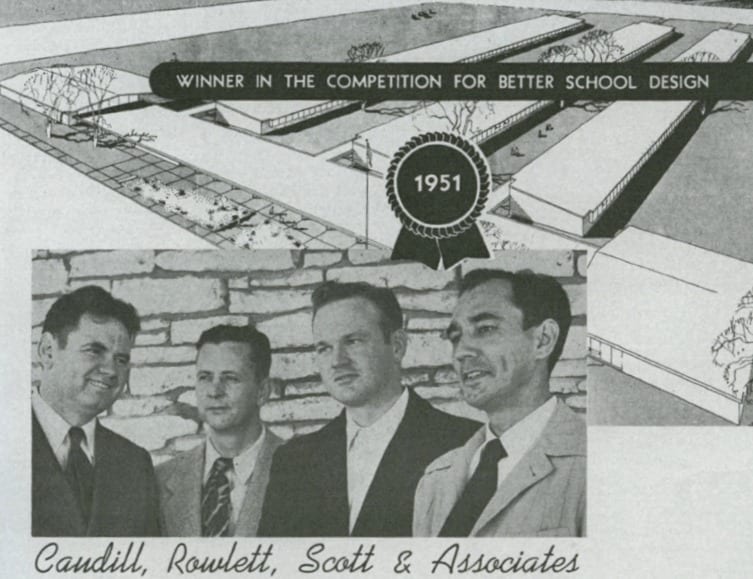
This was just before Air Conditioning, so most, if not all, of Caudill’s homes in the area, were designed with no central AC. Caudill and Rowlett would go on to form the notable architecture firm CRS, that has done significant award-winning commercial projects. They continued to think about residential architecture and even wrote a book in the early 1960s on energy-efficient homes, clearly thinking ahead of their time.
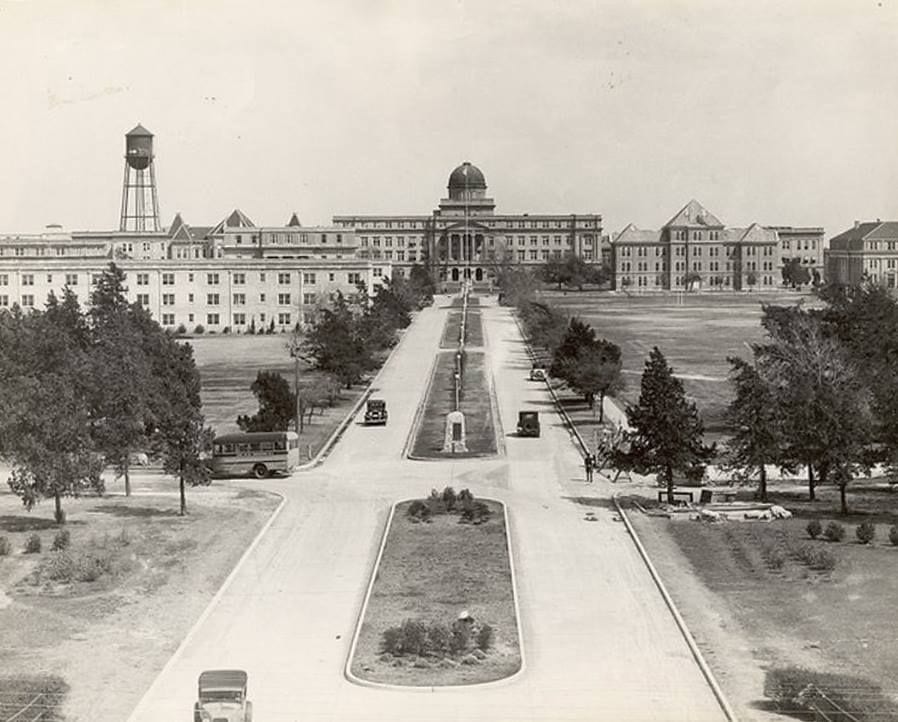
Oak trees, trains, Texas A&M, the evolution of vernacular architecture; these things and so many more are the terroir forming our sense of place and are uniquely different in Bryan and College Station. I invite you to look at some of our home renovations in the towns I call home.


